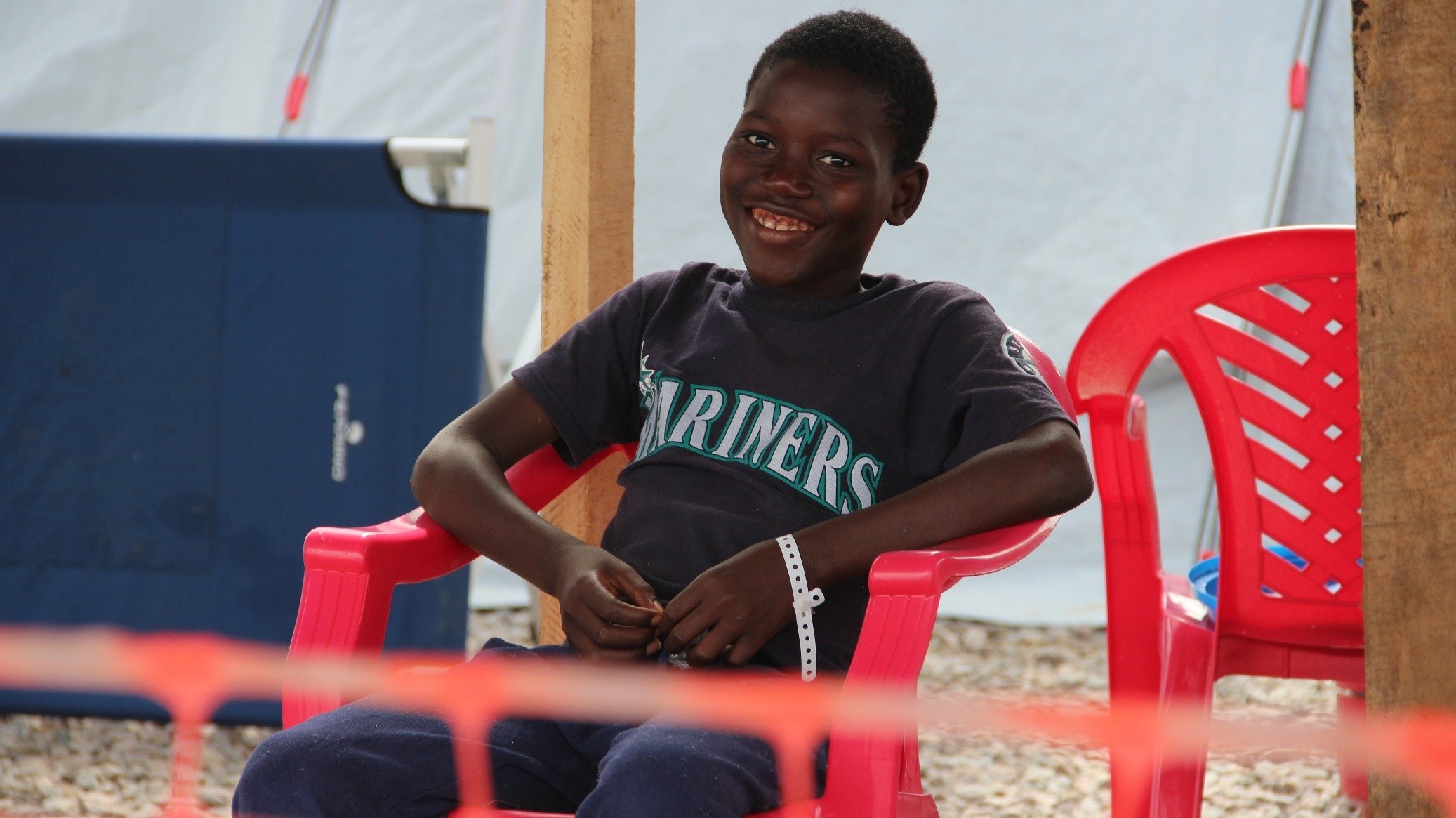[After this article was published an Ebola case was confirmed in Liberia on 20 March]
For Liberia to be deemed Ebola-free, there must be no new cases over 42 consecutive days. But even with that goal achieved, the World Health Organization (WHO) is unlikely to immediately declare the crisis over, said WHO spokesperson Margaret Harris.
“We have good surveillance, we’re pretty convinced we don’t have cases at the moment in Liberia, but they are so at risk from the outbreaks still going on along the borders,” she told IRIN.
Guinea and Sierra Leone have suffered setbacks in their fight against Ebola, with a recent spate of cases in both countries. And compliance by Liberians with Ebola advice has not been total; high-risk activities such as the transportation of the dead for funerals is still occurring, said Harris.
But when the day does come and the crisis is declared over, how can prevention lessons be made to stick? Are there models to emulate from the global HIV campaign?
The other epidemic
Antiretroviral (ARV) treatment has reduced the fear of AIDS, but there were 2.1 million new HIV infections globally in 2013. South Africa bears the bulk of the burden with a prevalence rate of 12 percent. Data from South Africa’s Human Sciences Research Council (HSRC) indicates that 469,000 new HIV infections occurred in 2012.
Despite more than 25 years of HIV awareness campaigns, the HSRC survey found only 27 percent of South Africans had accurate knowledge about sexual transmission and prevention of HIV in 2012, and condom use had fallen to just over one-third of sexually active men and women.
The HIV prevention mantra was the simple ABC – abstain, be faithful and use condoms. But “the ball game has changed with the widespread availability of treatment”, Leickness Simbayi, a lead investigator at HSRC, told IRIN. “You hardly see any [prevention] billboards or posters, let alone media-based HIV/AIDS campaigns which were abundant over a decade ago.
“This is partly because of the over-emphasis on biomedical solutions, including the belief that we can treat ourselves out of the epidemic,” he said. “I’d like to see us go back to the basics and highlight ABC.”
Both the HIV and Ebola public health campaigns have had to make the complex science of infection and disease control accessible, tackle stigma and counter rumour and misinformation.
“People need clear, accurate information in their own language, delivered by people who they trust and believe in; then they can act on advice given if basic resources are provided. Just as with HIV, people need to know how Ebola is transmitted, how it is not transmitted and how they can protect themselves. Education is the best vaccine to stop the spread of Ebola,” wrote Breda Gahan, global HIV/AIDS programme adviser with Concern Worldwide.
Better understanding
But health authorities in West Africa struggled with the messaging at the beginning of the emergency – which undermined their credibility. Essentially the approach has focused on changing risky behaviour related to “traditional” practices, and in so doing has ignored the social context and belief systems of the communities they are trying to persuade, according to an article in the medical journal The Lancet by the Ebola Response Anthropology Platform.
“WHO is going to have to get a lot better at understanding the decisions people make, and that’s really the hard part,” said Harris. “We are actively recruiting people with these skills so we can understand the message to action better.”
Behaviour change “requires buy-in from the community” and recognising “people’s priorities”, said Simbayi - a far cry from old “top-down” approaches that treated the audience as passive recipients of information.
“We found that for the majority of the population, HIV was not their number one concern. Getting food on the table and a roof over their heads was. Out of the top 10, HIV was fifth or sixth,” Simbayi noted. Some of the drivers of HIV could therefore be addressed “simultaneously with other structural interventions, such as social grants, or keeping girls in school”, tackling the roots of vulnerability.
That creativity could be applied to the Ebola prevention campaign, to keep it relevant and avoid message fatigue. “Those tasked with asking people to change practices and activities associated with Ebola transmission should be allowed the time and flexibility to negotiate mutually agreed changes that are locally practical, socially acceptable, as well as epidemiologically appropriate,” the Lancet article argued.






